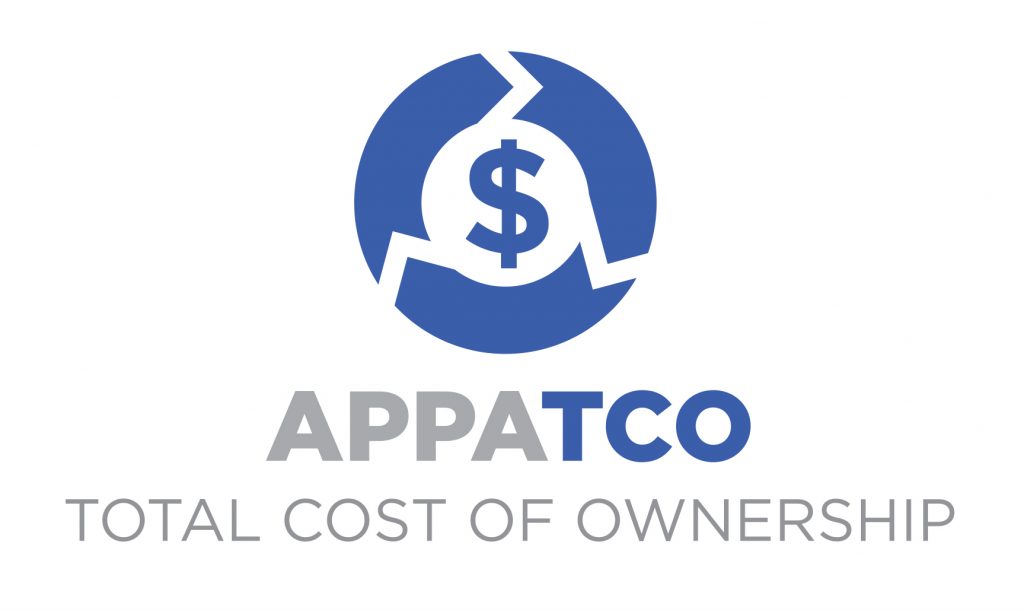
Facilities have become increasingly more complex as the needs of organizations, communities, individuals, and relationships transform to remain current with major trends in higher education, business enterprise, and commercial development. Rising construction and operational costs, regulatory requirements, increasing competition to attract and retain personnel, increasing programmatic needs, more complex requirements, and technological developments create many opportunities and challenges. The often-limited financial investments made in the past add further complexity to these opportunities and challenges and has an impact upon the future built environment. Current facility financial plans face extreme cost imbalances, often because of the insufficient planning of the past. Facilities professionals face a challenging financial management arrangement – supporting an organization’s mission by sustaining and optimizing the facilities and general site and infrastructure of a portfolio within an inadequate budget. For both the new built environment and the care of existing facilities and assets, a new approach is required to successfully meet the demands of these new opportunities and challenges.
Total
Cost of Ownership (TCO) provides a comprehensive approach to balancing both
financial management and facilities management of an organization. While
TCO has long been a vision, few have implemented the concept. A TCO
standard, will provide guidance needed so that institutions can develop
policy supporting a more holistic approach to the financial management of
assets. Since facility owners finance, build, operate, maintain, and
ultimately dispose of their facilities; a TCO approach is a natural and
critical step for sound fiscal management. A trusted TCO standard will
provide a transparent, holistic, and efficient approach to financial
management, asset management, and resource allocation. This helps to
optimize Return on Investment (ROI) for the effective and sustainable use of
capital resources by improving owners’ resource allocation decision making
processes.
 Create an Account
Create an Account
 Login/myAPPA
Login/myAPPA
 Bookstore
Bookstore
 Search
Search  Translate
Translate